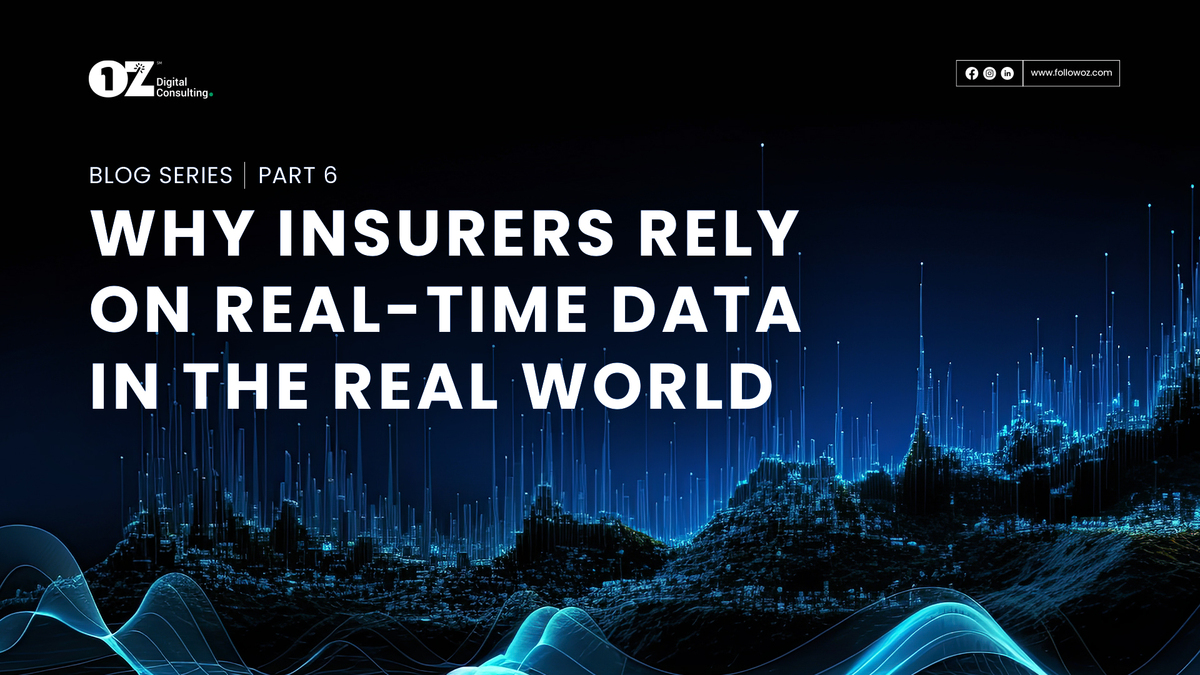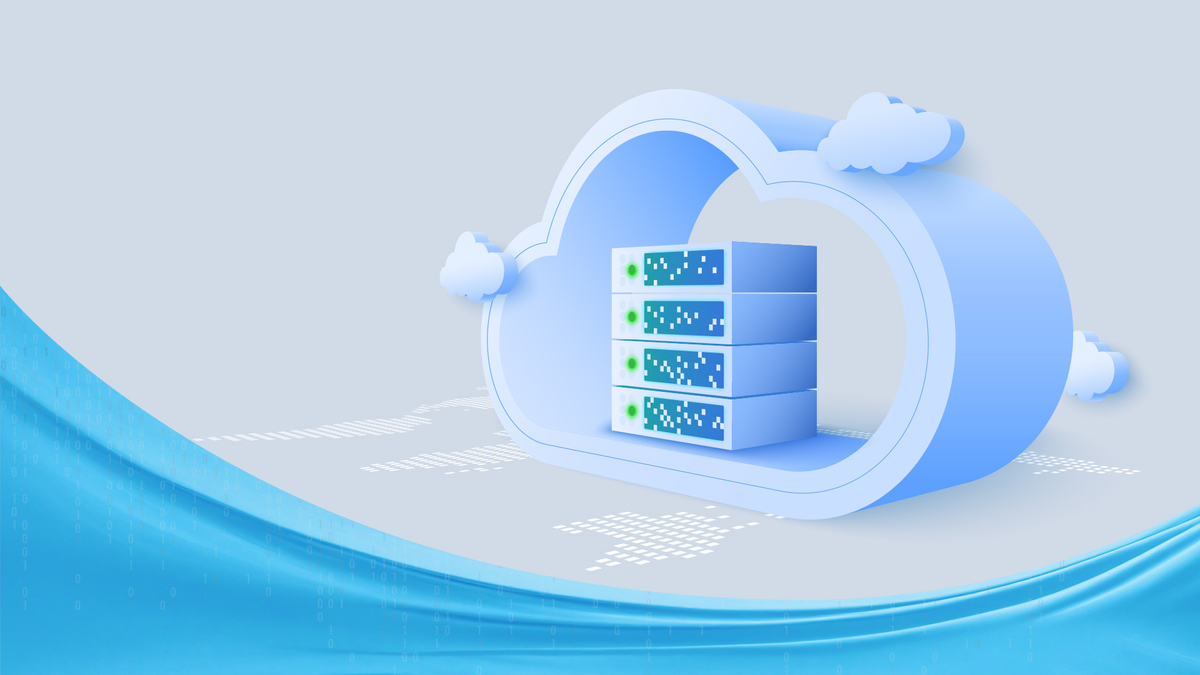By Murray Izenwasser , SVP Digital Strategy
Welcome to the sixth edition of our blog series, “Under the Hood: Unlocking the Hidden Value in Insurance Data.” In this blog post, we explore how real-time data integration keeps insurers in lockstep with evolving customer needs and expectations. Learn how sharing in real time helps insurers make informed decisions faster and take action swiftly.
The explosion in customer data means insurers have more data to work with than ever. Data, as you know, is the lifeblood of insurance. It’s the key to processing claims accurately. It’s the key to assessing risk. It’s the key to identifying fraud. There is almost no insurance function that won’t benefit from more data.
However, having data alone is no longer enough. Insurers need data—NOW, in real time, not days later. In the past, insurers could afford the luxury of time. They would take their time to study the data, create models, crunch numbers—and turn that data into viable business strategies. That just isn’t feasible anymore.
Given today’s environment, where natural disasters are having a huge impact on the P&C industry, time is money. And real-time data is gold. Property insurers must get their data and analytics working as events unfold, if it’s to work at all. According to the latest NOAA report, 2023 was the worst year for weather and climate catastrophes in the U.S., with 23 events surpassing all previous records. “These events caused 253 direct and indirect fatalities and produced more than $57.6 billion in damages (Consumer Price Index (CPI)-adjusted),” per NOAA’s report.
Real-time data is a silver lining for insurers, provided they know where to apply the data.
How Real-Time Data and Analytics is Shaping the Future of Insurance
Emerging technologies like the Internet of Things (IoT), modern apps, sensors, and black boxes are changing the way insurers interact with customers. According to Bain Consulting Group (BCG), there are 30 billion connected devices in the world, which is expected to increase to 41 billion devices. Roughly 34% of North American and European businesses use IoT devices, with another 12% planning to integrate IoT within the next year.
Commercial properties, in particular, are transforming into “smart” buildings, through real-time connected devices integrated with Building Management Systems (BMS). These systems facilitate monitoring, prediction, and prevention of various risks, including water leaks and fire hazards. In addition, sensors play a role in assessing external risks, such as adverse weather, providing insurers with a comprehensive view of risk in real time.
Loss control inspection isn’t far behind when it comes to the use of digital technologies. Adjusters nowadays use video to capture images and data and glean other information about properties to assess risk.
In many instances, insurers are developing chatbots and information retrieval systems — powered by Artificial Intelligence (AI) — to personalize the customer experience with the aim of creating a claims process that can be completed without customers ever having to pick up a phone.
Customers themselves are changing too. They are no longer confined to traditional channels —interacting with agents, brokers, or carriers for their insurance needs — instead, they’re seeking out insurance products on their preferred social and digital channels.
This break from the past and shift to real-time data streams — also known as “data in motion” — which relies on a continuous flow of information that is simultaneously processed and delivered as they’re collected makes it all the more important that insurers prioritize real-time data integration.
If insurers are to meet customers where they are, they must engage with them on their channel of choice in real time to better understand their needs and gain a competitive advantage in the market.
The Real Opportunities in Real-Time Data
- Insurance companies have always relied on historical data to assess risk and determine coverage. But in a rapidly changing world, historical data may no longer be enough. Carriers are moving away from “detect and repair” to a “predict and prevent” model to identify risks earlier, price policies smarter, and operate more efficiently.
- To price risk accurately, underwriters need real-time data on various risk factors, such as location, property type, and past claims, to calculate the likelihood of a claim and set premiums accordingly. In lieu of this data, it becomes harder to set premiums that are competitive yet sufficient to cover potential losses.
- Unlike traditional methods, advanced analytics and machine learning models can analyze petabytes of data and detect fraudulent claims, mitigate risk in real time, create highly personalized customer experiences, uncover revenue opportunities, and develop competitive premium pricing models.
- Without real-time data and analysis, carriers may struggle to offer recommendations — in real time — on risk mitigation that can help policyholders prevent loss and reduce their overall risk.
- A potential customer looking for insurance solutions can now visit a website, fill out a form, and immediately receive a list of options and quotes. Then, when the customer is ready to purchase, they can buy the policy through the website, even though the policy may be underwritten by a separate insurance provider.
- Smart home devices will continue to expand the market for IoT. Nearly 50% of US households will own a smart home by 2025. This gives insurers the opportunity to use the data for personalized risk assessments and underwriting.
- Microsoft technologies like Azure ML can help insurers identify policies likely to lapse so insurers can contact the insured about next steps.
- Predictive analytics, including text analytics and sentiment analysis, with the ability to sift through unstructured data—something that wasn’t possible earlier—will proactively identify patterns and detect fraud.
Next Steps
Only insurers who use data to guide their decisions will gain a competitive edge. The data-powered insurer will benefit from using leading Microsoft data and analytics technologies.. By harnessing the insights hidden within the data to make decisions, they’re proving how data in real time can be an insurer’s best bet.
As a certified Microsoft partner with over a quarter century of experience, OZ can get you where you need to be.
In the meantime, if you have any questions, please contact us. We’d love to connect with you.
Read our e-book — Under the Hood: Unlocking the Hidden Value in Insurance Data, for all the ways you can reach your digital transformation goals with stronger data.



